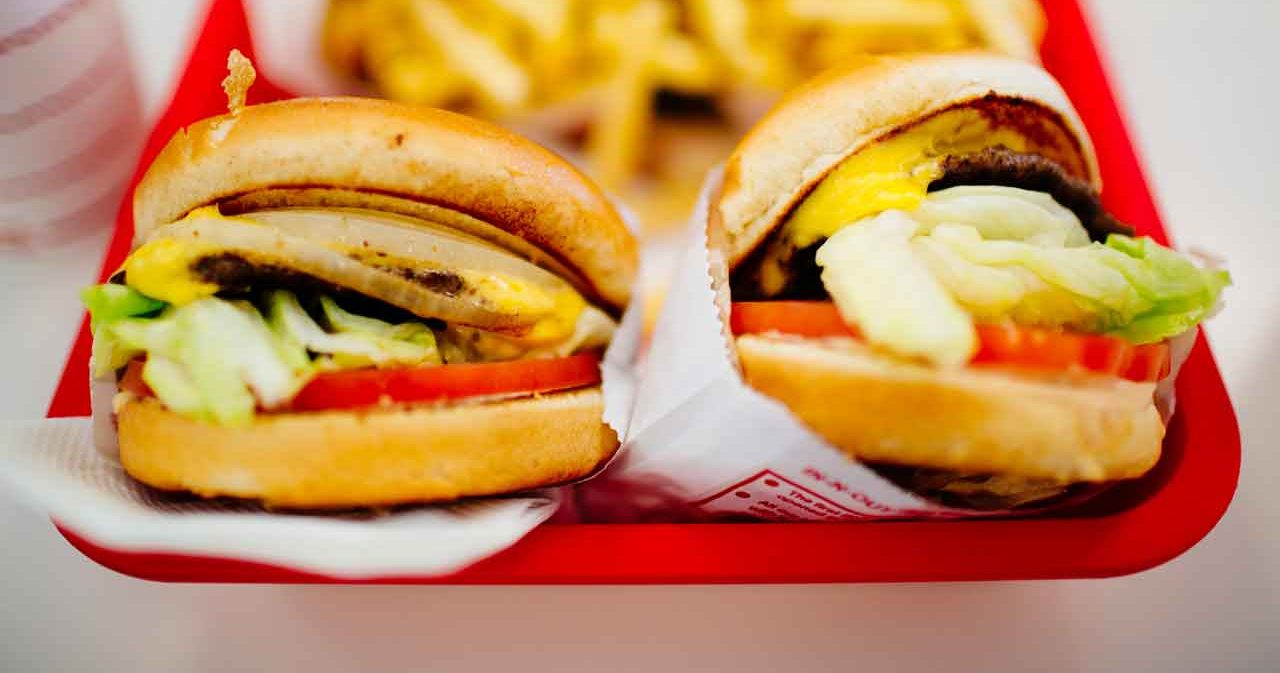Will Chemicals in Fast Food Hurt You?

Why is fast food bad for you? Eating fast food increases your exposure to industrial chemicals linked to diabetes and infertility.
Chemicals called “phthalates” are used to make plastics more flexible, and are common in food packaging and plastic gloves. Now it turns out that people who eat fast food have higher levels of these chemicals in their urine. That’s a problem because growing evidence suggests that they affect our health.
Fast food wrapper chemicals
How do phthalates get into our food? Through any kind of plastic. That might include conveyor belts, gloves, and other packaging. In fatty foods like butter, cheese, and prepared meat packaged in products containing vinyl, significant amounts of a chemical called “DEHP” (Di-Ethylhexyl Phthalate) have been found in surface layers. Any one-time exposure won’t hurt you. The concern is what might happen if the chemicals in fast food build up in your body over time.
YOU MIGHT ALSO LIKE: Toxic Chemicals During Pregnancy and Breastfeeding
If you’re a male trying to father a child, you might well pay attention: one study found that exposure to phthalate chemicals in fast food cut your fertility by 20 percent. The U.S. Department of Health and Human Services has warned that DEHP is "reasonably anticipated to be a human carcinogen." A 2012 study found a strong link between DEHP and diabetes. Children may be more sensitive: In a 2013 study, researchers concluded that exposure to DHEP can up the risk of allergies in children and in 2016, another study concluded that it can affect child behavior (although exposure to lead is worse).
The findings about fast food eateries came from a team at George Washington University who analyzed data on nearly 9,000 people collected as part of federal nutrition surveys from 2003 and 2010. Among other facts, the participants reported what they had eaten in the last 24 hours and provided urine samples.
The team focused on food eaten at or from a restaurant that didn’t have wait-staff, which includes the big chains like McDonald’s and Burger King and local spots as well. Food from vending machines or other kinds of restaurants or bars or supermarkets didn’t count.
About a third of the people surveyed had eaten food in the quick-service category in the last 24 hours, a number consistent with other government data. People who had eaten just a little bit had levels of DEHP that were 15.5 percent higher than people who hadn’t eaten any; people who ate a lot of fast food had 24 percent more DEHP in their urine.
YOU MIGHT ALSO LIKE: Toxic Chemicals in Childhood
The same pattern held for a related chemical, DiNP (Di-Isononyl Phthalate), which has been becoming more common as a substitute. In that case, people who ate a little fast food had 25 percent more in their urine, and the big fast food consumers had 39 percent more. DiNP is less well-researched than DEHP, but it shows similar toxicological effects on lab animals.
Regulations for chemicals in fast food
Around the world, regulators have begun to put limits on exposure to these plastic softeners. Japan banned the use of vinyl gloves for preparing food because the gloves often contain DHEP or DiNP. The European Union is pushing manufacturers to find alternatives. The United States bans phthalates in toys.
Avoiding all food exposed to plastic won’t keep phthalates away: the chemicals also show up in soaps and cosmetics among other items. You’d need to steer clear of all industrial products.
How you can reduce your risk
But avoiding food that has been through a lot of plastic — in a system designed for speed — is one step. "Traditional fast food was never meant to be daily fare, and it shouldn’t be," said Marion Nestle, a professor of nutrition and food studies at New York University. "It’s too high in calories and salt and, as we now know, the chemicals that get into our food supply through industrial food production."
What about plastic wrap and containers you use at home? Plastic wrap in the United States contains a “plasticizer” called DEHA that is not a phthalate but is chemically similar to DEHP.
As for plastic containers, they don’t seem to contain phthalates. The risk comes from bisphenol A (BPA), which is used to make very hard, shatterproof plastic (it usually has #7 on the bottom) and is also found in the lining of canned foods and beverages. Bisphenol A isn’t good for you, either. You’ve probably heard advice not to microwave food in ordinary plastic. When a plastic container is marked “micro-wave-safe” you can put it into the microwave without worrying that it will melt. But there’s no guarantee that no chemicals will get into your body (although you probably have bigger health concerns to focus on). For more scary details on the toxins in our daily life, read “Slow Death by Rubber Duck: The Secret Danger of Everyday Things,” by two environmentalists who exposed themselves to various chemicals found in food and beverage containers and other household objects as an experiment.
Updated:
March 30, 2020
Reviewed By:
Christopher Nystuen, MD, MBA